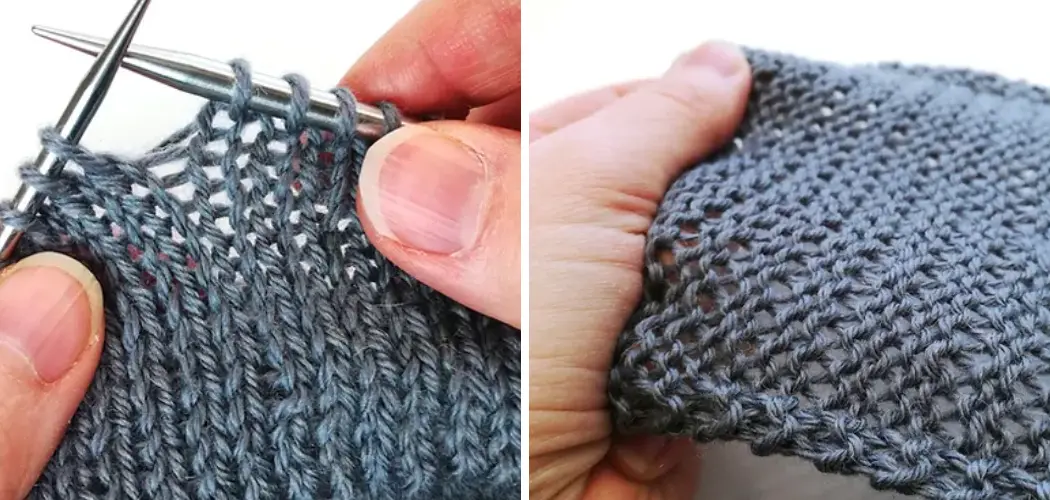Rowing out in knitting is an all-too-common frustration that can easily put a damper on your enthusiasm for the craft, but there’s no need to let it! It’s actually a fairly simple problem to fix. Just don’t be afraid to rip it out and start again. By following a few simple steps on how to fix rowing out in knitting, you can quickly get yourself back on track and avoid having to frog entire rows of work.
In this article, we’ll go over why rowing out occurs so frequently in knitting and provide some practical solutions for avoiding it when possible – as well as how to undo it if/when necessary. So read on and learn how you can keep your stitches in line!
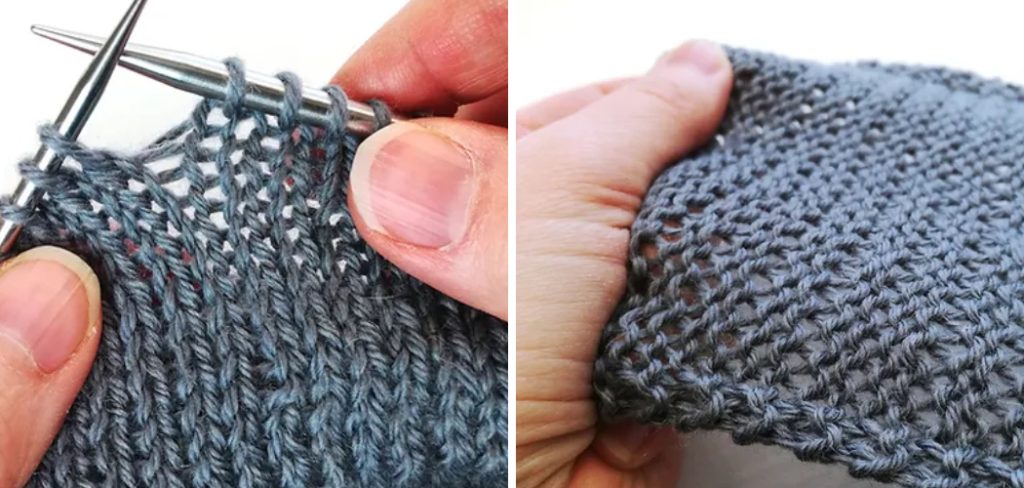
Why Does Rowing Out Happen?
Rowing out in knitting occurs when you are working in the round and your stitches look like rows instead of rounds. This happens because you lose a stitch every time you turn your work, causing an offset for each row. The result is that every other row has more or fewer stitches than the one before it. Rowing out can also happen when you are knitting stripes, as the edges don’t always line up perfectly.
Why Do You Need to Fix Rowing Out in Knitting?
Rowing out in knitting occurs when stitches become misaligned, resulting in uneven rows and a wonky-looking fabric. If you notice that your work looks off or is not knitting up as it should, then chances are you need to fix rowing out. This happens for a variety of reasons – from incorrect stitch counts to incorrectly placed increases/decreases. Luckily, there are ways to figure out the root cause of your rowing and fix it accordingly!
Needed Tools
For fixing rowing out in knitting, you’ll need a few basic tools, such as
- Needles
- Stitch markers
- A tape measure.
- Extra yarn on hand in case you need to make repairs or add additional rows.
Once you’ve gathered your supplies, it’s time to start tackling the problem.
10 Steps on How to Fix Rowing Out in Knitting
Step 1: Identify and Mark the Problem Areas
The first step is to identify where the rowing out has occurred and mark it. This will help you keep track of your progress as you work on addressing the issue. Use a stitch marker to clearly mark both the beginning and end of the area that needs to be fixed.
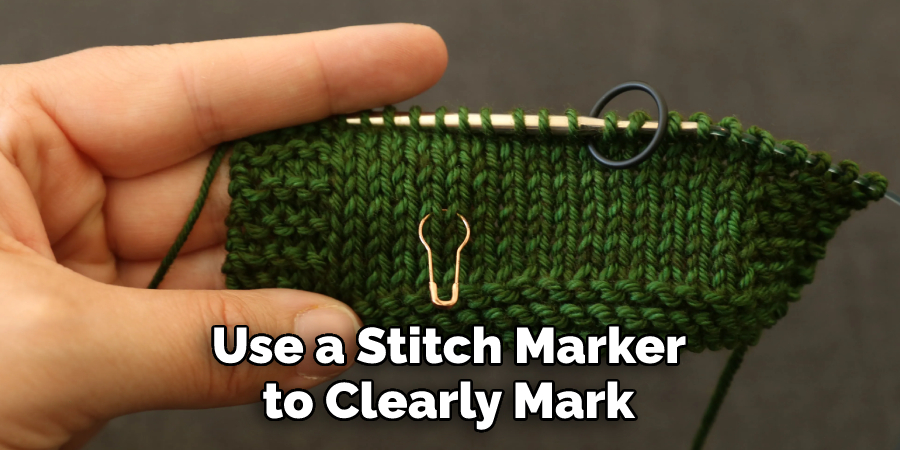
Step 2: Check Your Gauge
Next, check your gauge to make sure that it matches up with what you originally intended for your project. This is especially important if you’re using a pattern, as some patterns rely on specific stitch counts in order to create the desired look. If your gauge isn’t matching up, then you may need to adjust your needle size or stitch count.
Step 3: Review Your Pattern
If you’re following a pattern, make sure that you are completely familiar with it and understand all of the techniques involved. This is especially important when dealing with complex patterns as they often require specific techniques (such as increases and decreases) that can be difficult to figure out if you don’t know what they are.
Step 4: Count Your Stitches
Once you’ve familiarized yourself with the pattern, count your stitches to make sure that they match up with the stitch counts indicated in the pattern. If there is a discrepancy, then this could be the cause of your rowing out, and you’ll need to adjust accordingly.
Step 5: Check Your Knitting Technique
Incorrect knitting techniques can often result in rowing out. Make sure that you are using the proper technique for each stitch, and don’t be afraid to practice a few times if necessary. For example, if you’re having trouble with increases, practice them a few times before continuing with the project.
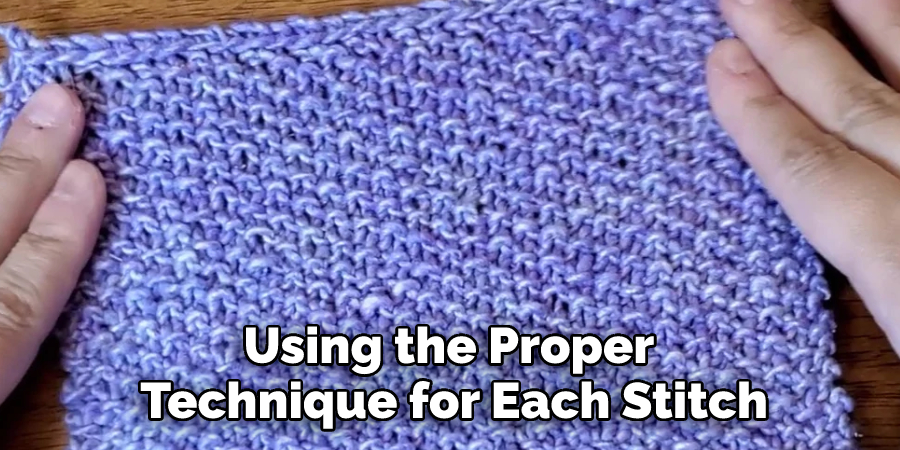
Step 6: Strengthen Your Stitches
If you suspect that your rowing-out issue is due to weak stitches, then try strengthening them by knitting tighter or using a larger needle size. This should help keep the stitches from slipping out of alignment.
Step 7: Take a Break
If you’re still having difficulty identifying and fixing the problem, take a break from your project. This will give you some time to clear your mind and come back to it with a fresh perspective. Taking a break can help you see the project from a different angle and allow you to find the solution more easily.
Step 8: Undo and Redo Rows
If all else fails, you may need to undo some rows in order to fix the rowing out the issue. Start by taking out one row at a time until you get back to where the problem originates, then redo the row. This may take some time, but it’s worth it if you want to get your project back on track!
Step 9: Get a Second Opinion
If you’re still having trouble figuring out what went wrong and how to fix it, don’t hesitate to reach out for help. Ask a more experienced knitter for their opinion or consult a pattern book for advice.
Step 10: Don’t Give Up!
It can be frustrating to deal with rowing out in knitting, but don’t give up! With patience and practice, you can figure out how to fix the issue and get back to creating beautiful projects! Although it may take some time and effort, you’ll be much happier with the finished product when you know that it was made correctly. So take your time, stay focused, and don’t give up! You can do this!
With these steps in mind, anyone can learn how to fix rowing out in knitting. Just remember that it takes patience and practice, but the results will be worth it! So keep at it, and you’ll soon have a beautiful finished product that you can be proud of.
9 Tips to Avoid Rowing Out
- Maintain even tension. A loose tension when you knit can cause the rows to become wider, and subsequently, trying to compensate by pulling too tight can make them narrower. Check your gauge swatch for general knitting tension, and be aware of how it affects the size of your garment.
- Change needle size as needed. If you find that you’re rowing out or having difficulty maintaining even tension, try switching to a smaller or larger needle size. This will help you adjust the tension and get more consistent results.
- Pay attention to yarn weight. If you’re using a heavier-weight yarn like bulky or super chunky, it can be harder to keep your rows even. Consider using a lighter-weight yarn if you’re having trouble.
- Block your knitting. Even if it isn’t always necessary or recommended, blocking can help you smooth out any irregularities in your knitting, including rowing out.
- Use stitch markers to maintain consistency. Putting stitch markers at the beginning and end of each row can help you keep track of your stitch count and stay consistent.
- Double-check row counts. Make sure to double-check your row counts after a few rows so that you don’t make any mistakes that could lead to rowing out.
- Don’t knit too tightly. Make sure that you’re not knitting too tightly and unintentionally pulling your rows in, which can cause rowing out.
- Adjust the number of stitches. If you find that your rows are becoming wider or narrower, even with consistent tension and stitch marker placement, try increasing or decreasing the number of stitches in each row to compensate.
9. Check your pattern. Make sure that the pattern you’re following is correct and not part of the cause for rowing out.
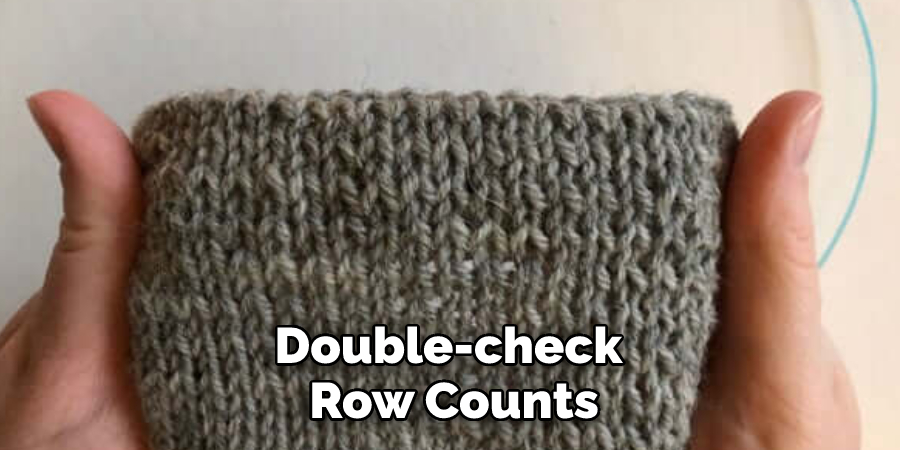
Frequently Asked Questions
How Long Does It Take to Fix Rowing Out?
It can take anywhere from a few minutes to a few hours, depending on how much rowing out has occurred and what methods you use to fix it.
Blocking, adjusting needle size or yarn weight, and changing the number of stitches in each row are all effective ways of fixing rowing out. No matter what method you choose, it’s important to pay attention to your knitting and make sure that you’re maintaining even tension.
Can I Fix Rowing Out After the Fact?
Yes, it is possible to fix rowing out after the fact. Blocking can help smooth out some irregularities, as well as adjust needle size or yarn weight. If the rowing out is more severe, you may need to rip back a few rows and try again. It’s important to pay close attention to your knitting so that you can catch any mistakes before they become too large. With practice and patience, it’s possible to fix rowing out in knitting.

Conclusion
If you’re having trouble with your knitting, don’t worry! There are plenty of ways to fix it. It happens to all knitters, so don’t be discouraged! It takes some practice and patience.
Just follow these simple tips on how to fix rowing out in knitting, and you’ll be on your way to becoming a knitting expert in no time. Thanks for reading!
You Can Check It Out to Crochet a Strawberry Cow

